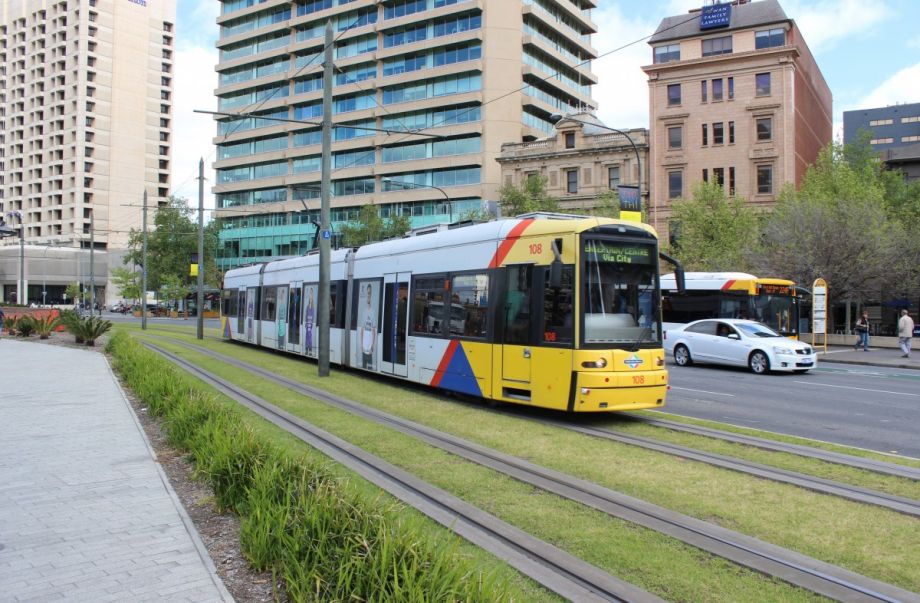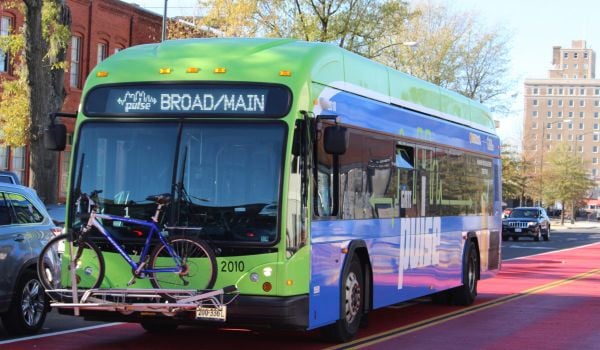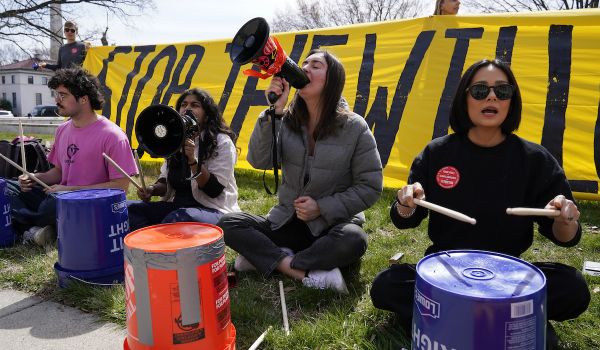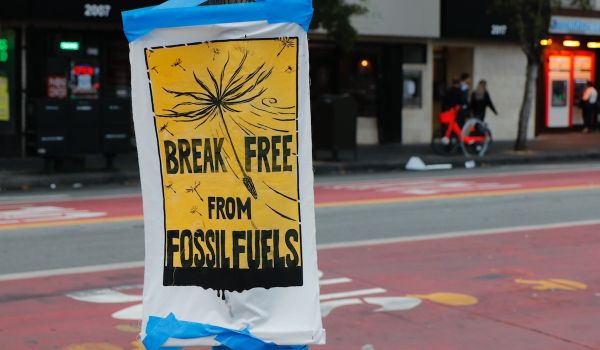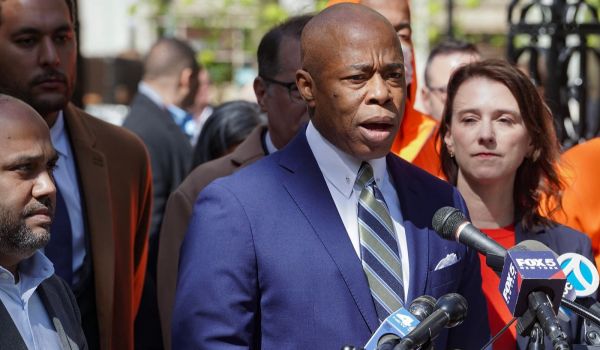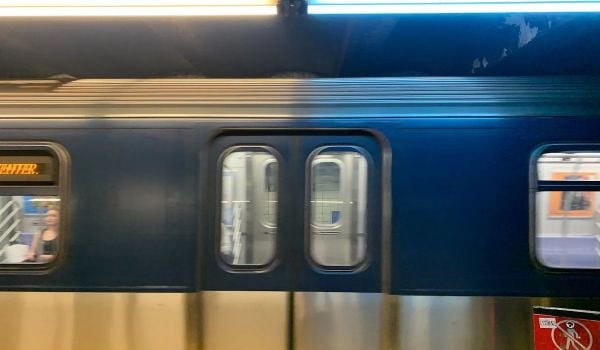Our weekly “New Starts” roundup of new and newsworthy transportation projects worldwide.
Australian Government Backs Urban Rail Improvements
In a reversal of its past policy, Australia’s Liberal government (the Liberals are the country’s conservative party) is earmarking A$10.7 billion ($7.4 billion U.S.) to its National Rail Program in its 2017-18 federal budget, the International Railway Journal reports.
The program is tied to the government’s “Smart Cities” initiative and promotes the role rail transit can play in urban revitalization.
The government has identified several big city projects for funding, including the Cross River Rail link in Brisbane, extensions to the Adelaide tram network, proposed rail lines serving airports in Melbourne and Sydney, and Perth’s MetroNet rail project.
The initial round of funding will go toward rail improvements in Victoria state. Federal funding will be tied to financing packages that balance money from the capital of Canberra, the states and private sources.
NYC Subway Fix to Focus on 5 Key Problems
With delays and breakdowns mounting on the world’s busiest subway system, New York’s Metropolitan Transportation Authority is taking steps to quickly fix some of the key trouble spots and modernize the more than 110-year-old system, Railway Track and Structures reports.
One of the moves is administrative — separating the positions of chairman and chief executive officer — but the rest are taking place along the tracks and in the storage yards.
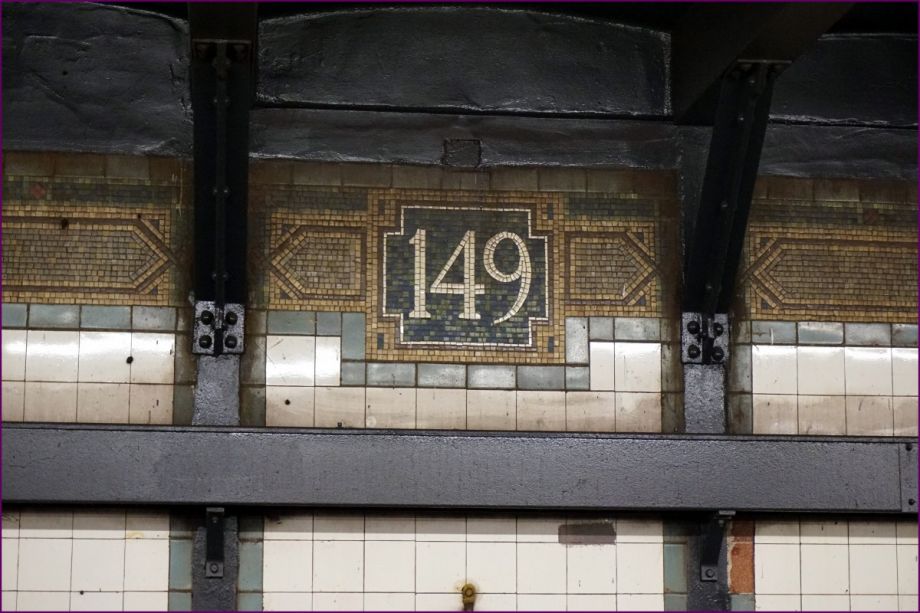
NYC's 149th Street-Grand Concourse station (Photo by The All-Nite Images)
The program will begin by addressing conditions in the Eighth Avenue subway from Fulton Street to 125th Street and at two key subway stations in the Bronx, 149th Street-Grand Concourse and Third Avenue-138th Street. The MTA says that an average of seven incidents per month, delaying 50 trains, occur on the Eighth Avenue subway. Improvements scheduled to take place as soon as possible include the installation of 3,000 feet of continuous welded rail by September, stepped-up ultrasound testing of track, and the deployment of rapid response teams at the busiest stations to address track and signal problems.
The MTA is also moving to expedite delivery of two new subway car orders and revamping its car maintenance procedures, involving the manufacturers in developing maintenance practices. Trains will also receive pre-trip inspections before they leave a yard to reduce the likelihood of mid-trip failure.
Funding Secured for Managua BRT Line
Metro Report International reports that the Nicaraguan capital of Managua will get a new 9.6-km (6-mile) bus rapid transit line thanks to a $136 million loan from the European Investment Bank.
The loan will pay for the widening of Avenida Juan Pablo II from two to three lanes in each direction, with the third lane separated and reserved for buses. The work also includes the construction of a bicycle lane and pedestrian overpasses and traffic signals.
The BRT line will have 17 stops and is projected to carry 80,000 passengers per day. It’s part of an action plan for Managua aimed at both increasing mobility and improving the city’s ability to cope with natural disasters.
Know of a project that should be featured in this column? Send a Tweet with links to @MarketStEl using the hashtag #newstarts.

Next City contributor Sandy Smith is the home and real estate editor at Philadelphia magazine. Over the years, his work has appeared in Hidden City Philadelphia, the Philadelphia Inquirer and other local and regional publications. His interest in cities stretches back to his youth in Kansas City, and his career in journalism and media relations extends back that far as well.
Follow Sandy .(JavaScript must be enabled to view this email address)

